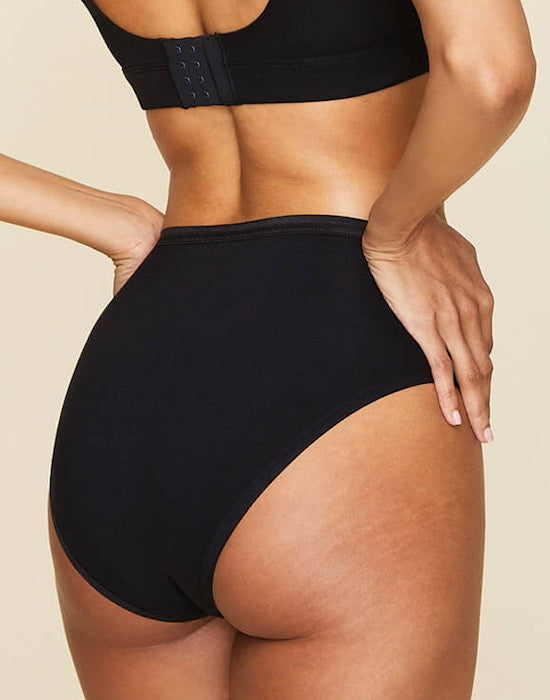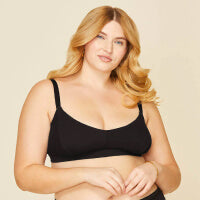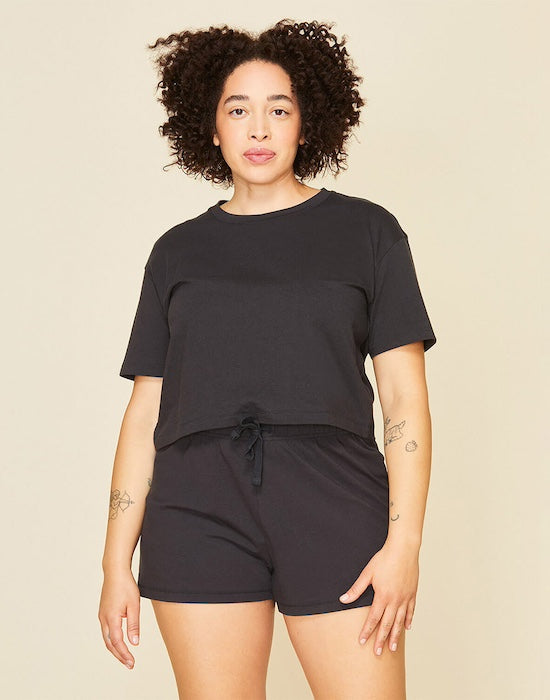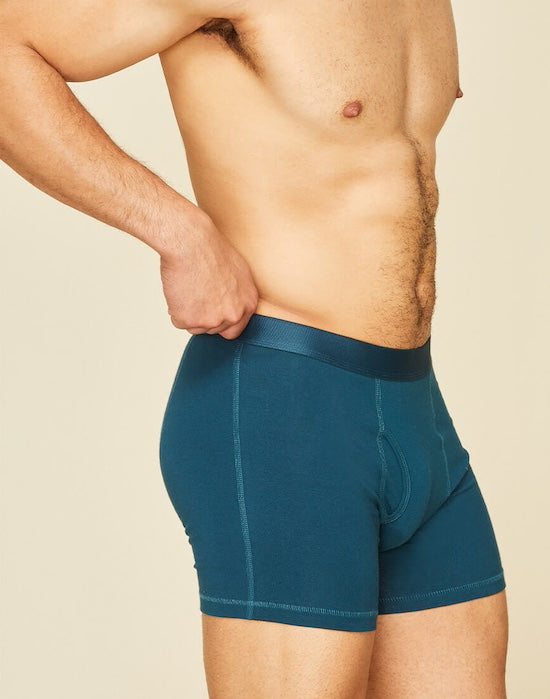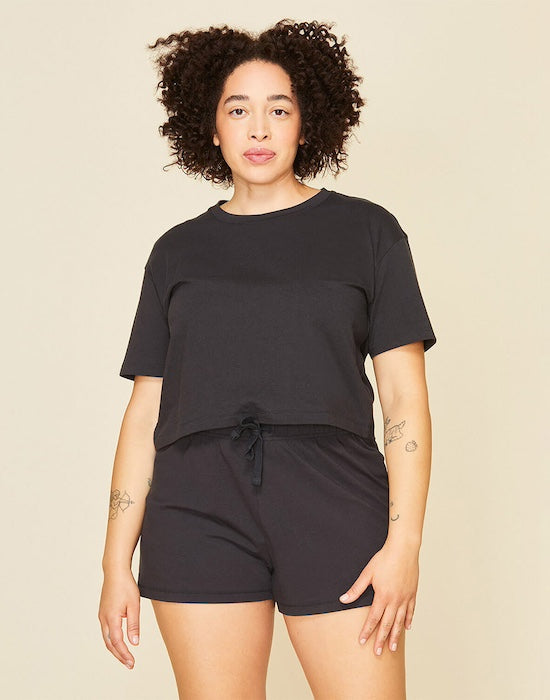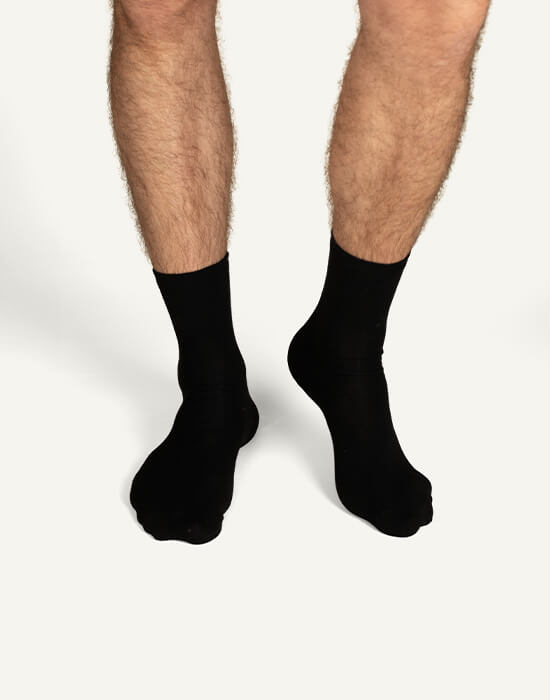
Think back: even just five years ago, you would have been hard-pressed to find any mainstream information on microplastics. But fast forward to today, and it feels like the problem of microplastics is pervasively mentioned across all industries. We hear about the microplastics found in seafood, in our waterways, and even more recently, our bloodstreams.
Since plastic was brought into the consumer marketplace in the mid-twentieth century (Yes, that’s how recent of an invention it is), these tiny fragments have been shedding from food containers, water bottles, tires, and even our clothes - just to name a few. Plastic, and its pollution of our environment, have become so ubiquitous that some anthropologists have referred to this recent period in human history as the “Plasticene.”
When you imagine microplastics, the image conjured is usually of small pieces of hard plastic that have broken off of their larger counterparts. However, microplastics can also come in the form of fibers - such as the lint you pick off of your yoga pants. These types of microplastics come from synthetic fabrics commonly found in our clothing, like polyester and nylon. Because the fibers of these fabrics are even smaller than you’d expect, they have even more risk of ending up in our water, our air and our food. What’s more, many fabrics - synthetic or not - are dyed and finished using toxic chemicals that easily adhere to the fiber. These chemicals can then end up in places they shouldn’t be, such as waterways and food systems, just by riding on the back of a tiny piece of lint.
Many of the chemicals used to make and finish plastic and synthetic fibers have been known to have adverse effects on the health of humans and animals, from disrupting the body’s endocrine system, to causing asthma. And while studies on the human health impacts of microplastics are sparse - it is clear that the larger plastics they come from are not 100% safe.
Microplastics are just another reason why we avoid synthetic fabrics and stick with GOTS-certified organic cotton. Organic cotton is grown without the use of toxic pesticides and fertilizers, and because our entire supply chain is GOTS-certified, you can be sure that all of our dyes are just as safe.
Sources Cited
- Microplastics are in our bodies: how much do they harm us. National Geographic. 25 April 2022. https://www.nationalgeographic.com/environment/article/microplastics-are-in-our-bodies-how-much-do-they-harm-us.
- Potential Effects of Microplastics and Additives of Concern on Human Health. National Library of Medicine. 17 February 2020. https://www.ncbi.nlm.nih.gov/pmc/articles/PMC7068600/
- Potential health effects of Microplastics and other pathogens. Plastic Health Coalition. https://www.plastichealthcoalition.org/microplastics/
